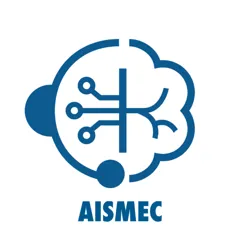Background
AISMEC was established in 2020 on the initiative of Guttorm Brattebø, head of KoKom (Norwegian National Advisory Unit on Emergency Medical Communication). Insight into the highly demanding task of answering emergency calls led to the project’s creation, with the goal of strengthening operators’ decision-making in challenging situations. Initially, the focus is on stroke assessment, but the same methodology could be applied to other conditions such as chest pain or breathing difficulties.
The project is a collaboration between several public institutions and has received funding from the Research Council of Norway. All development is rooted in and tested through scientific methods. There are no private interests involved, and profit is not a consideration.
Project Structure
The project is divided into three phases:
- Data Collection: Gathering background information and relevant data for AI model development. Analyses of the data will result in two research articles, one of which has been published.
- Model Development: Training the AI model on historical patient data.
- Model Testing: Evaluating the AI model on a new set of historical emergency calls (a large number of callers to 113 at AMK Bergen).
If successful, real-time testing (initially in shadow mode) may follow as a separate research project.
Contact
Emil K. Iversen
PhD Candidate / Physician, Norwegian National Advisory Unit on Emergency Medical Communication
emil